Lesson 3: Aboriginal Resource Use and Sustainability
Grades: 4 – 7
Outcomes:
- Students will recognize the positive and negative aspects of continuities and changes for different groups in the past and present (continuity and change).
- Students will distinguish characteristics of various Aboriginal cultures in British Columbia and Canada.
First Peoples’ Principles of Learning:
- Learning is holistic, reflexive, and relational.
- Learning involves the recognition of Indigenous knowledge.
- Learning is embedded in history and memory.
Brief Description: Students will explore the belongings (artifacts) found at the Qithyil wet site. They will research these belongings and report out to the rest of their class on their use and whether that use has continued today.
Sequence of Activities:
- Have students take a piece of paper and draw lines on it creating three spaces on the page. Instruct students to draw a pictures of themselves when they were a baby in one section and a picture of themselves today in another section. In the third section have students identify those things that have stayed the same (e.g., still need to eat, still need someone to care for them, still need clothes, etc) and those things that are different (e.g., the type of food they eat, how they get around, the games they like to play, the friends they have, their bedtime, etc). Share with a neighbour…note how some things change, while others stay the same…even over such a short period of time as ten or twelve years.
- Read with students the “our culture today” page for the Sq’éwlets people (located where the Harrison River meets the Fraser River). Have students identify those things that have stayed the same (e.g., hunting, fishing) and those things that have changed (e.g., games that are played, transportation).
- Watching the video that overviews the archaeology project at Sq’éwlets, have students summarize the key points (e.g., Sq’éwlets people were looking for additional evidence to support claims that their ancestors had lived there since time immemorial. Ancestor mounds and a wet site were explored. Numerous belongings (or artifacts) were found in the wet site when the river was low. Note to students that we will be investigating the belongings that were found).
- Introduce students to the belongings page. Have students discuss why these objects were named “belongings” as opposed to “artifacts” (a typical archeological term)? Focus the discussion on the realization that archeologists look at what they find as evidence of previous habitation while the Sq’éwlets people look at these items as “belonging” to their ancestors. As this website has been put together by the Sq’éwlets people, their term of belongings is important to use.
- Using the “ground slate fish knife,” demonstrate to students how to: (a) click on the image to get a better picture and additional information regarding the belonging; (b) click on the link for the RRN (Reciprocal Research Network, RRN: website which connects museum collections from around the world); (c) re-enter belonging term to get additional information (including where that belonging is stored) and images; and (d) create a small poster introducing the belonging (including purpose and picture of the belonging), identifying if it is still used today, and, if not, what is used in its place.
- Assign pairs of students to research specific belongings in relation to plant harvesting, fishing, hunting, building, dwelling, trading, and care of ancestors. If your class is large enough, you may assign two belongings to each pair. Students research together.
- Assessment: Individually, students then create their own poster about their assigned belonging. Share out with the whole class when done. Post on the hallway walls for other students to view.
- Show students the videos on Sq’éwlets peoples today (eg. ‘Tradition and Identity’, ‘Our Xwelmexw Names’ ‘Sturgeon Mask Dance’ . Using that information, in pairs, have students review the different posters created by themselves and their peers. Have students write their own blog describing how the lives of Sq’éwlets peoples are both connected to and independent of these belongings. Have students reflect on the value of different generational roles in unearthing and understanding these belongings.
Possible Extensions: Return to the RRN site and look through a number of different belongings. Note where these belongings are being held. Students can contrast those belongings being held by the Indigenous Peoples themselves (e.g., the Stó:lō Cultural and Research Centre) and Provincial Museums. Have students complete a reflection on what that means. Students could imagine their own family heirlooms no longer being with their family but somewhere else, with opening and closing hours and fees that would need to be paid to see their own heirlooms.



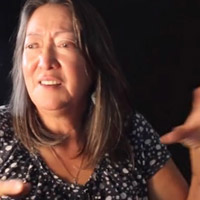 Lesson 1:
Lesson 1: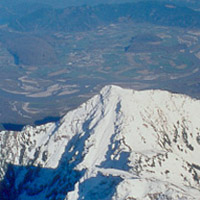 Lesson 2:
Lesson 2: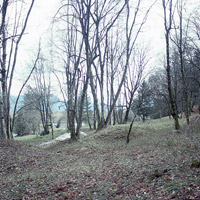 Lesson 3:
Lesson 3: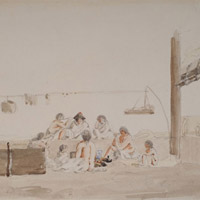 Lesson 4:
Lesson 4: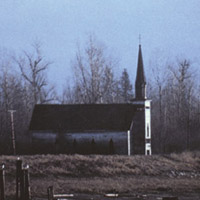 Lesson 5:
Lesson 5: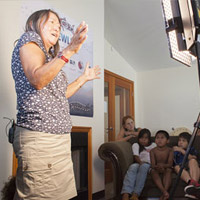 Lesson 6:
Lesson 6: